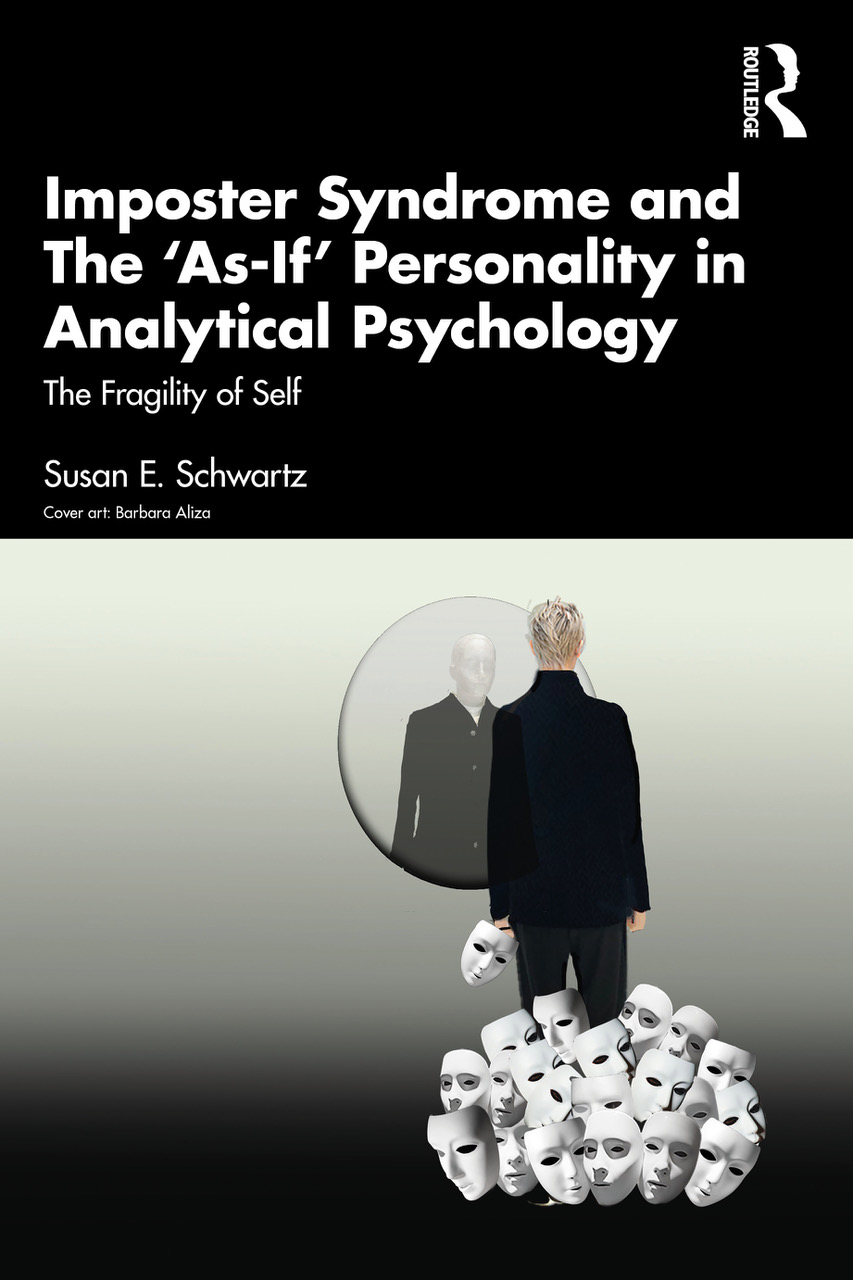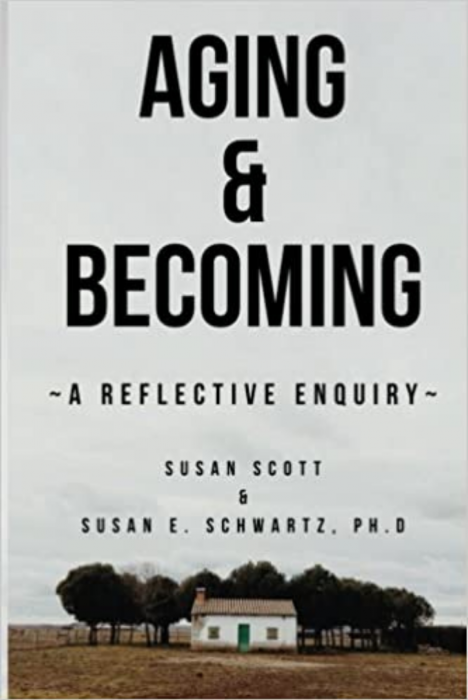Description
The phrase ‘as if’ can be characterized by façade, fragility, fraudulent and vulnerable, bounded by a wall of impenetrability. The person is veiled in an appealing but elusive persona based on precarious sense of self. Distress occurs when the outer accomplishments formerly shoring the personality are used up and the inner reserves collapse, as they are no longer sustainable. The center cannot hold due to the lack of attachment at the core, creating part of the maladaptive life response. The energy is called inward to encounter what feels like the void. A man commented, “The mirror was in a space I had to walk past every day. Though I did not have to look in it, I did anyway and didn’t feel good in the mirror regardless of how I looked. Every day I walked past that mirror I looked at a man who was hurt and confused”. This short statement is typical of the ‘as-if’ personality. It reveals part of the complexity behind the adopted masks and illusions put forward by this personality type. The mask means hiding whoever wears it and disguising their identity as appearance and pretence establish a clear distinction between being and appearing. What is hidden and what is known? Unmasking’ is a metaphor for revealing the individual’s true identity. The attempted dissimulation actively works to mystify and deceive oneself and others.
This person has an impoverished and uncomfortable, emotionally and physically, relationship to the world although their presentation is of glitz and shine. One is unable to bear, even momentarily to be seen up close, beneath the skin. They might be perceived to be winners and having made it by others but often are internally empty, disillusioned, anxious, confused, alienated, and most of all, estranged from themselves.
A woman described, “Today I had a moment of feeling real. Usually, I am somewhere else. But now I caught it and could tell the difference for the first time”. The ‘as-if’ person narrates a story of personal and collective history composed of the secret vicissitudes with which they engage. This person exhibits an elusive, flighty, and often dramatic approach to life, but is driven by an internal abyss. The phenomenon is not usual as many people feel similarly, skimming on the surface and not really living. These people are internally isolated, appearing competent, creative, unusual, with quirky perspectives, but drastically insecure. The personality has a penchant for illusions and poses, an imposter based on inner distress and psychological confusion. One’s soul feels wrecked from within forming a swarm of instability and pain of existence.
Underlying is a sense of distrust and lack of confidence in one’s place in the world. Filling the emptiness with people, places, and things attempts to compensate the feeling of being unreal. The emptiness arose from early emotional wounding and lack of correct or close enough attachment with consistent caregivers. As adults, these people become performers, needing attention, and seeming superficial. The question is posed about how to bridge the gap to access who one really is.
The way of relating to the world is through mimicry and imposter facades, while the adaptation ‘as-if’ comes at the expense of authenticity. One feels as flat as the social media screen, yet they often hide this from themselves and others. The internal division signals being trapped in unconscious personal, cultural, and historical wounds. These include unfinished mourning processes, intergenerational issues, and archetypal anxieties. The unconscious calls to be more deeply known, relationships with self and others open rather than closed, life no longer avoided with emotional distancing, compulsions, or perfectionism.
This personality type, although clever at disguise, is swamped by emotional and psychological distress, haunted by aims and aspirations not yet achieved along with the pressure of nothing ever being enough. Such people defend against parts of reality touching upon absence and loss as intolerable. They need the illusions and idealizations of others focused on them so life can seem other than it is. They construct a solid and tight package as a defense. In dreams, she might appear inappropriately dressed or insufficiently rehearsed because she does not feel ready for life.
The imposter surface peels away as attention to this personality type brings out the deeper individuation urge so the authenticity behind the ‘as-if’ façade can emerge. The book will appeal to those exploring the conscious and unconscious, complexes, shadows and emotions interfering in relationships with self and others. In our challenging era understanding the ‘as-if’ personality can become nurturing psychologically and regenerative personally and collectively.
“Truth is the only safe ground to stand upon.” Elizabeth Cady Stanton




Reviews
There are no reviews yet.